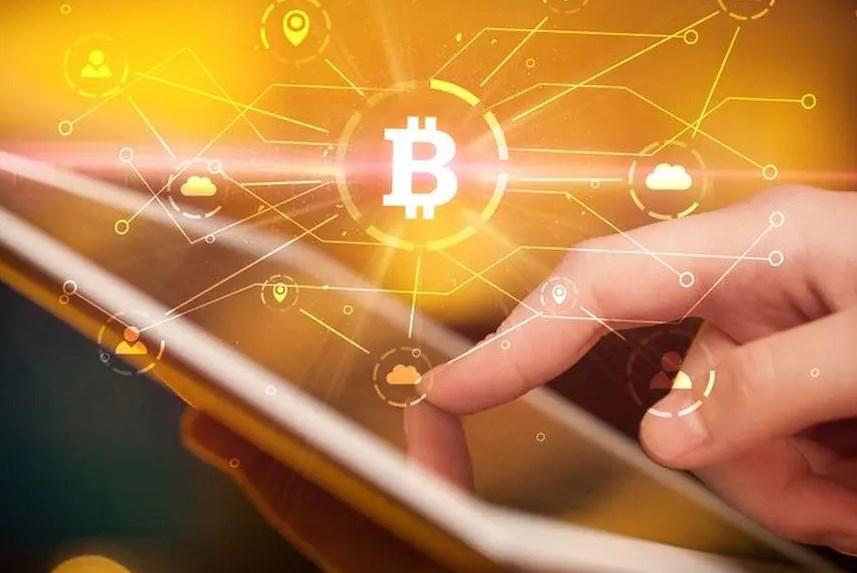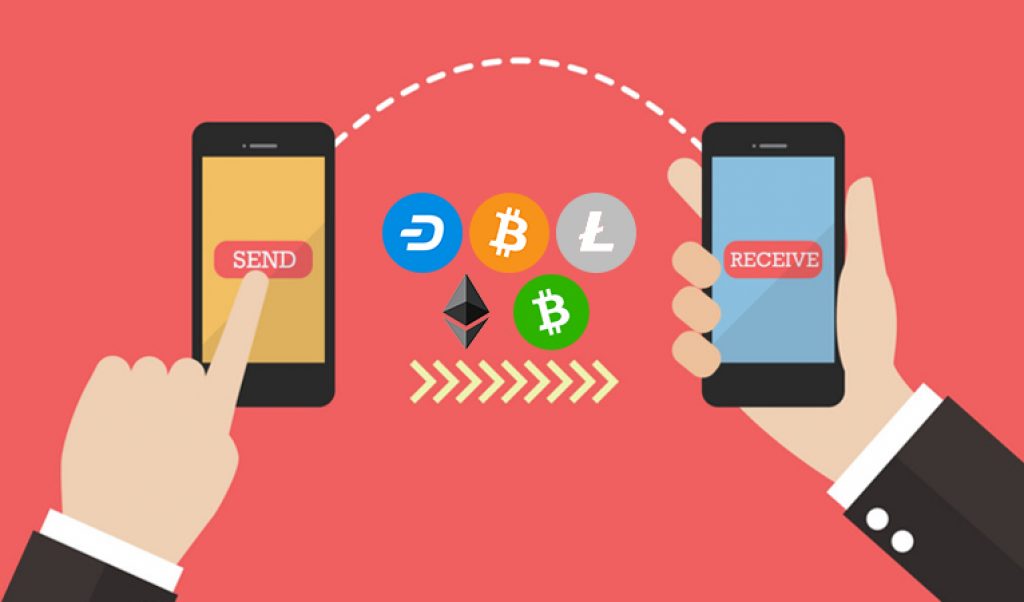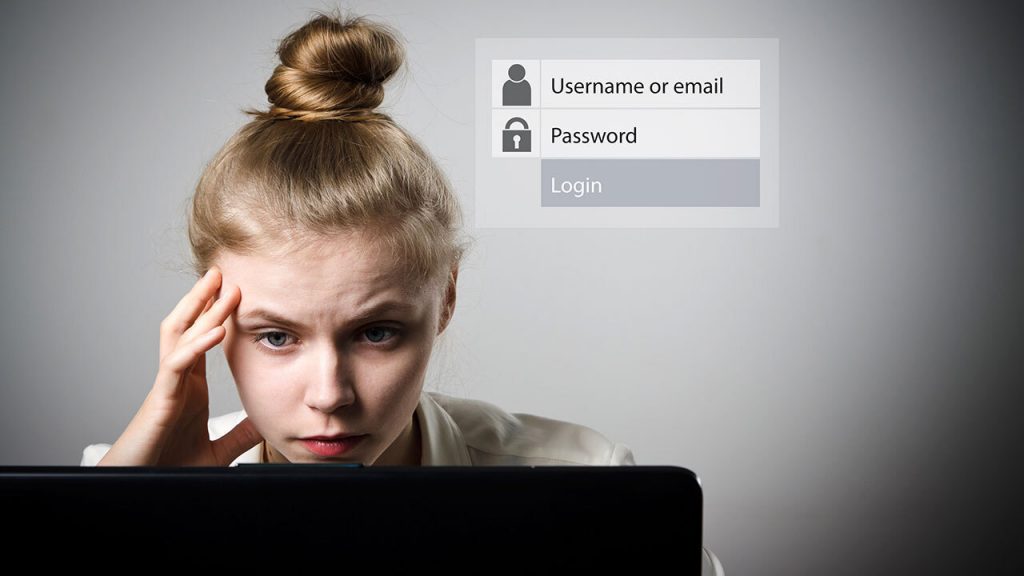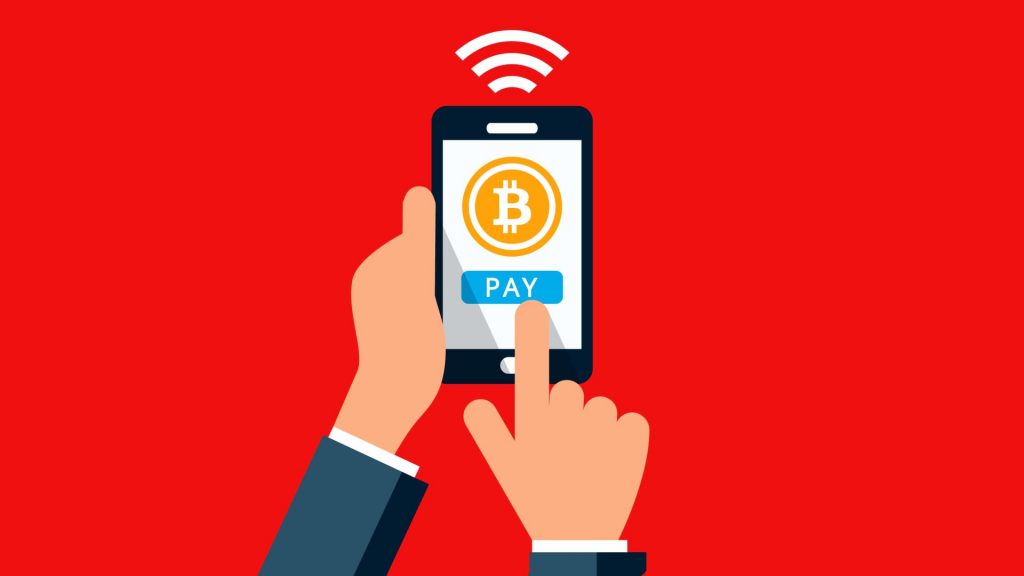
If you have already dipped your toes into the cryptocurrency industry by purchasing, say a bitcoin or any other altcoin, there will come a day when you would like to transfer it. Although pretty intuitive, it is different from using a credit card, Venmo, and PayPal to transfer money to send and receive cryptocurrencies. And the good news is that once you have mastered executing bitcoin transactions, all other cryptocurrencies basically entail the same process.
Many people make multiple mistakes while sending Cryptocurrencies. However, they might cost them a fortune if they do not exercise caution.
Table of Contents
1. Not choosing a secure wallet

img source: ctfassets.net
Despite the rise in hacks, cryptocurrency wallets remain one of the most secure ways to store bitcoin. Wallet software should ideally be installed on a bootable USB or live CD to ensure that the operating system is clear of viruses and does not cache, log, or store wallet keys in any way.
You must treat their software wallet as if it were a genuine one, and the ideal practice is to utilize two wallets, keeping only a small quantity of bitcoins on a computer or mobile phone for regular use and the rest in an offline wallet. Selecting a secure wallet helps in sending cryptocurrency reliably.
2. Not knowing about the things required to send cryptocurrency

img source: dashnews.org
You only need the person’s public wallet address and the amount in most cases.
Consider the public wallet address to be akin to a bank account number. You’d need the account number to transfer money to if you were performing a bank transfer, and Bitcoin is no different. You don’t need to know the person’s name, address, or any other identifying information in most cases.
You don’t have to send Bitcoin to someone who has the same sort or brand of wallet as you. Isn’t it true that you may send an email from a Yahoo account to a Gmail address? Bitcoin functions in the same way.
Visit bitcoin-lifestyle-app.com/de/login today to start trading in cryptocurrency.
3. Forgetting the Password

img source: pcmag.com
Users will be forced to create a password for the majority of wallets. In the event that the password is lost or forgotten, a set of seed words is established as a mechanism to restore the wallet. You must maintain this information securely because it may be impossible to reclaim your coins if they are lost.
There is no way to retrieve your wallet because cryptocurrency does not work that way. You are your own bank since it is decentralized. As a result, you are solely responsible for the security of your coins. Hardware wallets are an excellent way to store funds away from the network.
However, it is recommended that you must develop seed words if you forget your password in an unfortunate event. That information should not be lost, as some rookies have been reckless in writing it down and then throwing it away by accident.
Attempting to hack these wallets is likewise very impossible due to their encryption. There are services available to decrypt wallets, but you must be cautious that they are not scams.
4. Sending Bitcoin to a WRONG address

img source: cryptonetwork.news
It is irrevocable to send cryptocurrency to the wrong public address or to the wrong address entirely. It’s as good as gone after it’s been sent. If the address is simply incorrect, specific systems will refuse to process the transaction. That is why, for convenience, QR codes can be used to retrieve the public address; otherwise, copy and paste if required.
Make sure to copy the complete public address string, though. When sending coins from your wallet, there is a sent field where the public address must be entered. Every wallet has the ability to generate multiple public addresses, which you can use for various transactions.
Also, while sending to several addresses, be cautious. If you fail to copy a new address, it will use the existing clipboard content, which contains the previous address. This could result in a duplicate message being sent to the prior recipient. Always double-check that you’ve copied and pasted the correct public address for the person to whom you’re sending money.
Click here to know about the trading software that you can use to start your crypto trading journey.
5. Selecting a lower transaction fee

img source: toggl.com
Fees vary depending on how many people are utilizing the Bitcoin network. The miners, who use sophisticated computers to solve complicated equations to validate transactions, are paid transaction fees. Your transaction will be validated faster if the equation is solved quickly, but this comes at a cost. You might be able to save money if you’re willing to wait for a longer confirmation time.
Because you have no control over whether the miner or mining company confirms your transaction, it all boils down to the fee amount. In other words, a more significant charge encourages a miner to accept that transaction.
Many wallets let you choose your own transaction fee. Keep in mind, however, that the lower the transaction cost you pick, the longer it may take for your transaction to complete.
6. Not knowing that Bitcoin payments cannot be reversed

img source: inc.com
After a transaction has been confirmed, it cannot be changed.
If you’ve made a mistake, your only alternative is to ask the recipient to reimburse the Bitcoin you gave. You’ll very certainly be charged another transaction fee if you do this.
This is why it’s critical to double – and triple-check all the information before pressing the “submit” button to complete the transaction.
You might be able to cancel the transaction through your wallet if it hasn’t been confirmed at all. It becomes irreversible after confirmation, though.
Conclusion
Sending Bitcoin may appear to be more difficult than simply handing someone cash, but you’ll get the hang of it quickly. But if you keep the mistakes mentioned above in mind, you can quickly master the sending task of cryptocurrencies.







